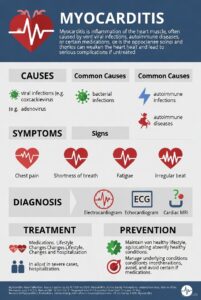-
-
-
-
- Toddler: Developing Autonomy and Sensorimotor to Preoperational Thought
- Use same approaches as for infant plus the following.
- Egocentric Thought
- Explain procedure in relation to what child will see, hear, taste, smell, and feel.
- Emphasize those aspects of procedure that require cooperation (e.g., lying still).
- Tell child it is okay to cry, yell, or use other means to express discomfort verbally.
- Designate one health care provider to speak during procedure. Hearing more than one can be confusing to a child*
- Negative Behavior
- Expect treatments to be resisted; child may try to run away.
- Use firm, direct approach.
- Ignore temper tantrums.
- Use distraction techniques (e.g., singing a song with child).
- Restrain adequately.
- Animism
- Keep frightening objects out of view (young children believe objects have lifelike qualities and can harm them).
- Limited Language Skills
- Communicate using gestures or demonstrations.
- Use a few simple terms familiar to child.
- Give child one direction at a time (e.g., “Lie down” and then “Hold
- my hand”).
- Use small replicas of equipment; allow child to handle equipment.
- Use play; demonstrate on doll but avoid child’s favorite doll because child may think doll is really “feeling” procedure.
- Prepare parents separately to avoid child’s misinterpreting words.
- Limited Concept of Time
- Prepare child shortly or immediately before procedure.
- Keep teaching sessions short (≈5 to 10 minutes).
- Have preparations completed before involving child in procedure.
- Have extra equipment nearby (e.g., alcohol swabs, new needle, adhesive bandages) to avoid delays.
- Tell child when procedure is completed.
- Striving for Independence
- Allow choices whenever possible but realize that child may still be resistant and negative.
- Allow child to participate in care and to help whenever possible (e.g., drink medicine from a cup, hold a dressing).
- Egocentric Thought
-
-
-

Reduce Your Risk from Respiratory Viruses This Holiday Season
November 20, 2024, 12:30 PM EST For Everyone NOV. 20, 2024 WHAT TO KNOW Flu, COVID-19, and RSV illnesses are at low levels right now



